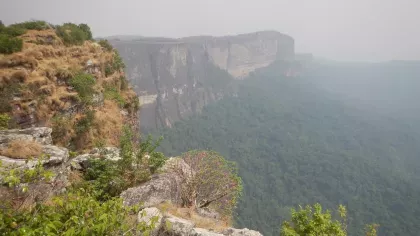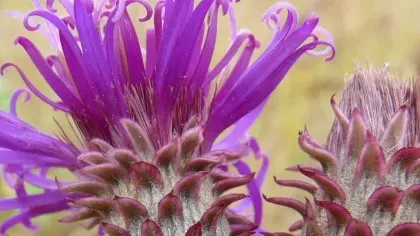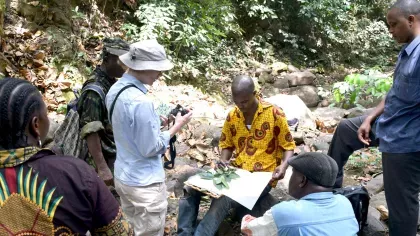26 June 2020
The lost plant species of the Fouta Djallon, Guinea
With local partners, we've been seeking out plants in Guinea that haven't been seen in over 60 years.

The Fouta Djallon is a densely populated sandstone table mountain area in Guinea, Africa where agriculture has advanced and intensified.
It’s also an area where a significant number of plant species appear to be lost. Or are they merely hiding?
Seeking out Guinea’s rarest plants has been a key part of our Tropical Important Plant Areas programme – an initiative which identifies the most threatened plant habits (TIPA) for national authorities to protect.
From 2016 to 2019 we worked with our local partners at the National Herbarium of Guinea on an intense programme of field surveys.
We discovered that 35 plant species, 25 of which are unique to Guinea, have not been seen for between 60 and 110 years.
Our Plant Assessment Unit at Kew assessed many of these species to be “Critically Endangered (possibly extinct)” according to the IUCN Red List.
With these plants potentially providing a source of new medicine or foods, re-finding and protecting them was not just a priority for Guinea, but for the world.
“Orchids of the falls”
Inversodicraea pygmaea is a species in the Podostemaceae family, a group of plants known as the “orchids of the falls” that only grow on rocks in rapids and waterfalls.
The habitat at its sole global site was destroyed by a hydroelectric dam in the 1970s.
An intensive targeted search by several botanists at the only known location, Grandes Chutes, failed to find a single plant.
Construction of the dam stopped the flow to the falls and downstream has become polluted.
The lack of aerated, fast flowing clean water has led to the disappearance of all Podostemaceae species from this site and sadly this species is likely extinct.

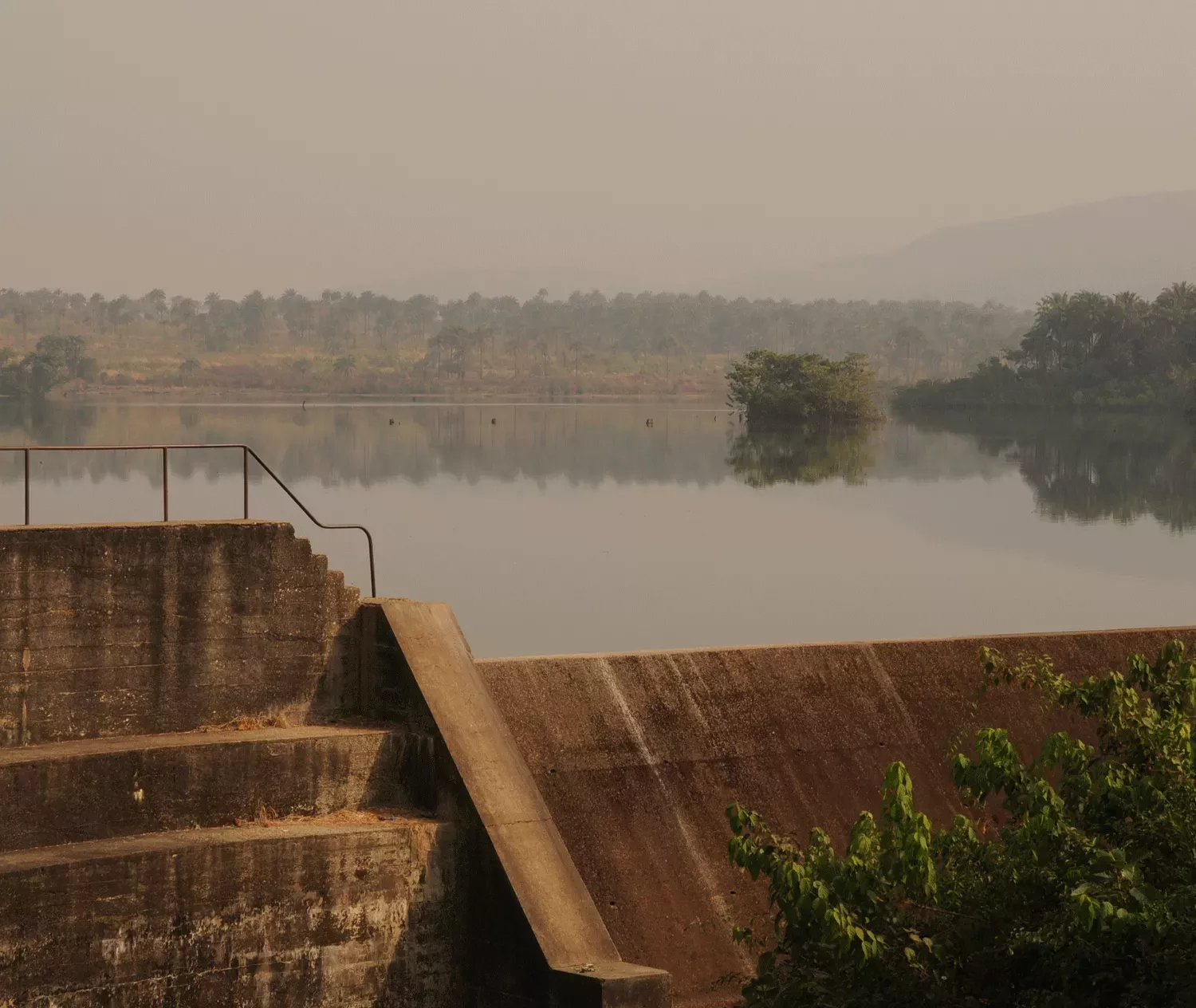
Long lost milkwort
In April 2019, Martin Cheek and Gbamon Konomou of the National Herbarium of Guinea travelled to the Fouta Djalon.
During this trip Konomou saw a tiny cluster of purple flowers high up a cliff-face. Martin identified it on the spot as Heterosamara bennae, one of the 35 ‘lost species’ that had not been seen for 82 years.
The species is a beautiful shrubby milkwort unique to Guinea and previously only recorded from the type specimen.
Konomou and Martin looked over the surrounding cliffs for hours but could only find a total of 5 plants and no seeds.


To better protect Heterosamara bennae, we ideally need to find a population with more than 5 plants, and to collect seed for banking, as an insurance against extinction.
This example underlines the importance of researching these 'lost species' and training more botanists in Guinea to recognise them.
In the meantime, the site where Heterosamara bennae was rediscovered that day will likely be recognised as a future new TIPA, since several other globally threatened plant species were found there. The local authorities declared support for this suggestion once they had been made aware.
Living on the edge
Ctenium sesquiflorum is a species that was also rediscovered and recollected after 74 years by botanists from Kew, including grass specialist Martin Xanthos, and the National Herbarium of Guinea.
It was found in high altitude grassland on the edge of a 280 m high waterfall, at Kounounkan, one of our recently designated TIPAs. The last collection was by Pitot in 1945 from near Ditinn, over a hundred kilometres away.
Grass species can be hard to identify and if you are not there when they flower, identification to species can be nearly impossible.
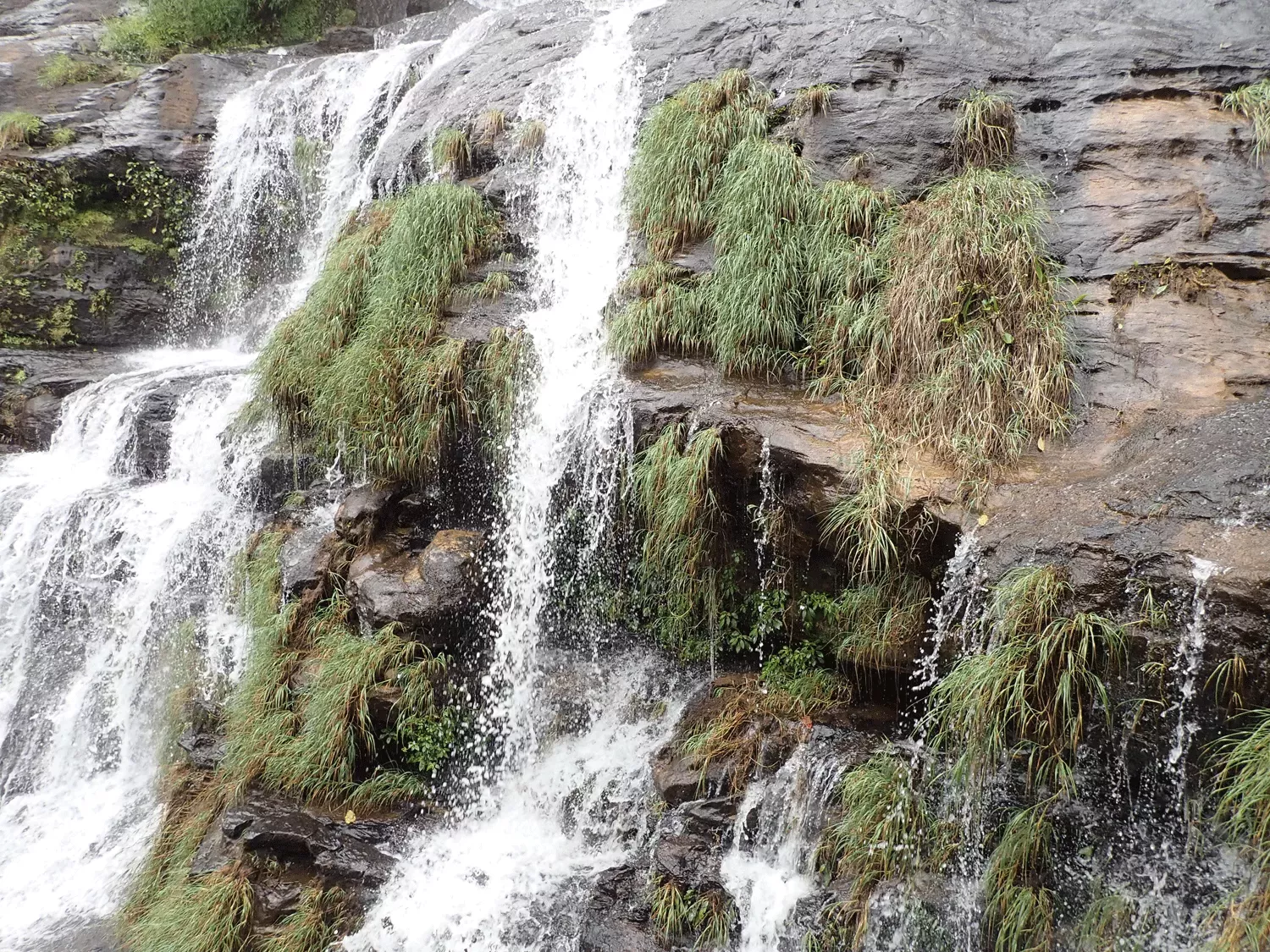
These two recent rediscoveries show that it is possible to find such 'lost species' after more than half a century. Clearly, they are not all extinct.
We will continue to search for them and if possible find new populations, ensure they are included in TIPAs, collect seed, and propagate them for future safeguarding with our partners at the National Herbarium of Guinea.
TIPAs Guinea
22 TIPAs have so far been designated in the initial phase of the programme.
These were published in a book and accepted by the Government of Guinea, along with the construction of a national seedbank, the creation of a cross government-NGO-academia group for plant conservation, a public education and schools campaign, and local botanical training and infrastructure has had a major boost.


